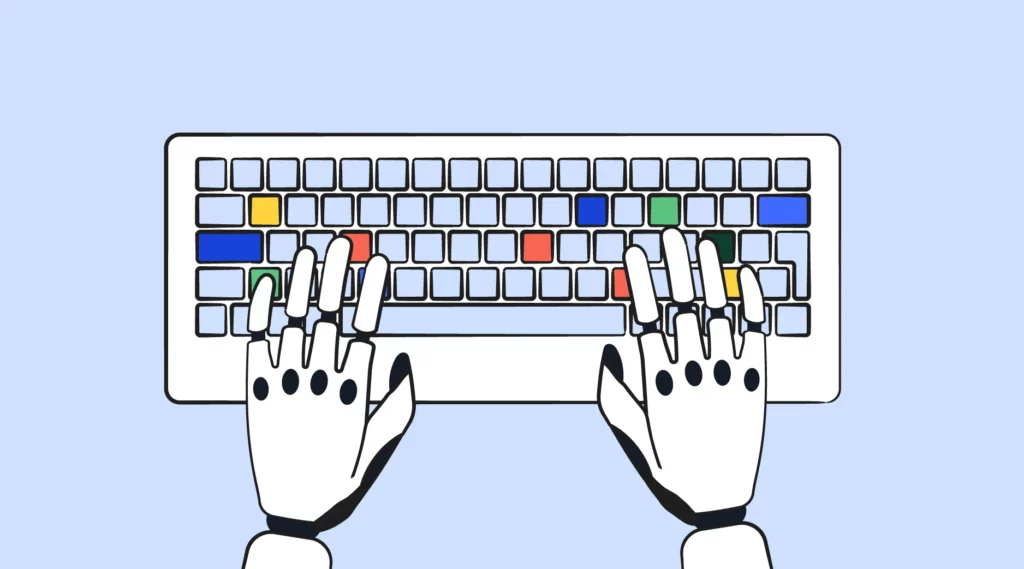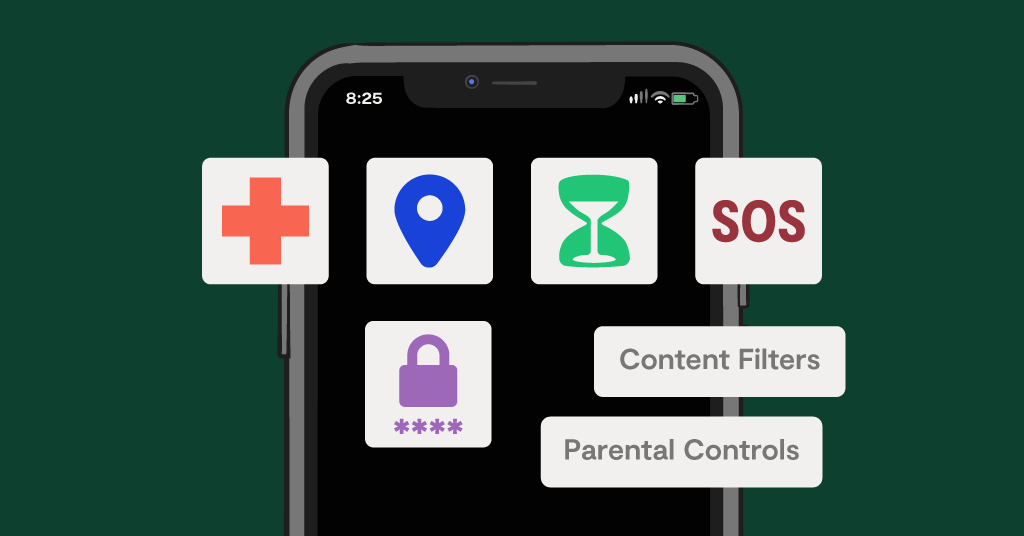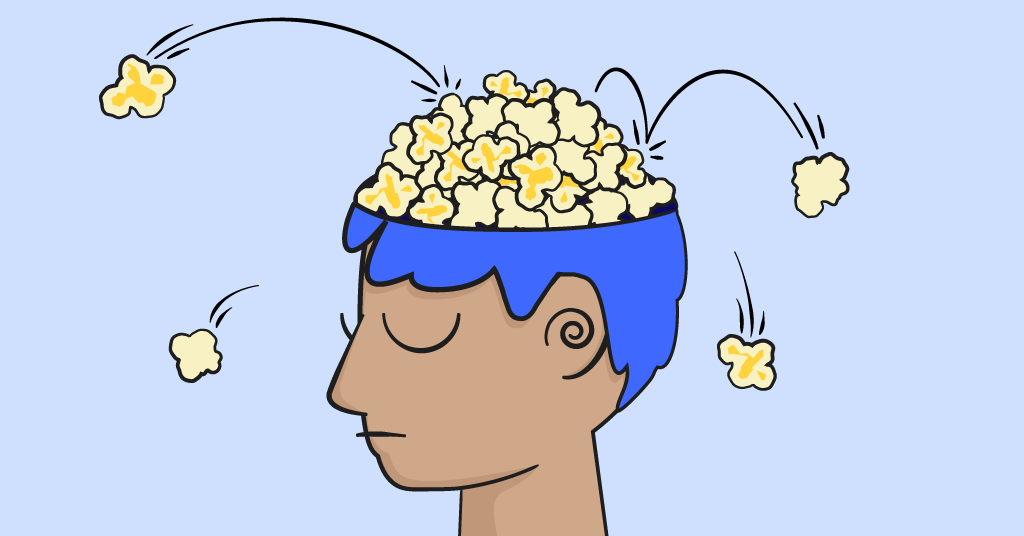
AI — the term is everywhere these days, and it can be hard to know what exactly it means. But maybe even more importantly, what it means for your child. From groundbreaking new platforms like ChatGPT to the videos TikTok chooses to show your child on their For Your Page, AI influences nearly every aspect of our lives these days. Here’s what parents need to know about how childhood is being impacted by AI.
What Do We Mean by AI?
AI stands for artificial intelligence, and this term has come to mean many different things when it comes to technology. AI mimics human problem-solving and decision-making — think about chatbots on websites, personal assistants like Alexa, and more. But AI also spills over into video games, social media, and a ton of other avenues that we interact with on a daily basis.
5 Ways AI Is Affecting How Your Kids Grow Up
Creativity
Kids are incredibly creative and have always been so. Technology today just gives them a ton of more avenues to explore. Toys in the past were generally limited to blocks, dolls, trucks, and crayons. We still have these, of course, but we also now have virtual reality headsets that let kids explore the universe, first-person video games that let them fly, and interactive apps that project digital images into the real world.
While there are lots of dangers that tech poses to kids, it has also given them the opportunity to create new worlds and experience things young people could have only ever dreamt of in the past.
Immediate answers to questions
Never before in the history of humanity have we had such immediate access to knowledge. Even compared to the 90s, the change has been enormous. Gone are the days of having to look up information at the library or in musty old volumes of encyclopedias.
But even beyond research, the everyday curiosity of kids can be answered by AI in a matter of seconds. A quick question to Alexa or Siri can instantly provide the weather, the capital of Italy, or Zenday’s birthday.
These shortcuts can make our lives better, but be sure your kid knows how to find answers themselves. Also, teach your child that even these technological conveniences can be wrong sometimes, and to take everything with a grain of salt.
Algorithms
An algorithm, at its most simple, is just a set of instructions. The steps to tying your shoes is an algorithm, for example. But today, AI-based algorithms control and help make sense of a lot of the online content we see.
Your kid encounters algorithms whenever they google something — how the results are ranked is determined by AI, as it helps to find the most fitting article. They also encounter algorithms when on social media, YouTube, Amazon, and more.
TikTok’s algorithm is known to be one of the most powerful in the world, as it continually learns what a user likes by monitoring how long videos are watched and whether you comment or like them. It takes this info and then shows you more videos it thinks you will be interested in.
This could be a good thing if your kid is learning more about dinosaurs. It’s not so good if the content is about disordered eating or hate speech.
Facial recognition filters
If you type “photo editor” into the App Store, you’ll get tons of results. There are so many apps that promise to provide filters and enhancements for amazing selfies. Some promise flawless skin, a reshaped face, and even the ability to open your eyes if they’re accidentally closed in a photo. Many of these apps are free, which means they’re easy for kids to download.
Of course, kids aren’t born wanting filtered faces. They’re eased into it, often through kid-focused, “fun” filters that add puppy ears or angel haloes. As they get older, kids will encounter filter options that include more adult-appropriate adjustments. These include prominent cheekbones, larger eyes, and plumper lips.
But these types of filters aren’t just in fun apps… they’re everywhere. There’s even an option on Zoom, which many kids relied on during distance learning, called “Touch up my appearance.” It’s possible that many kids may never post a photo of themselves without having altered it in some way. It’s no wonder that body image issues are growing more and more common — even in kids as young as four.
Learning
ChatGPT is perhaps the most talked-about AI tool right now, and it’s definitely making waves in the education community. Here are just a few examples of homework questions kids might ask ChatGPT:
- “Write me a 300-word essay on the theme of revenge in Hamlet.”
- Solve for x: 2x + 35 = 6x
- “Compare and contrast the French and English revolutions.”
- “What are the themes of To Kill a Mockingbird.”
- “Create a sweet poem about a family’s golden retriever.”
- “How do I make an image tag in HTML?”
- “If train A is moving at 30 m.p.h. and train B is moving at 60 m.p.h. and they start 100 miles away from each other, when will they meet?
But it’s important to remember that just as computers and graphing calculators didn’t signal the end of education as we know it, this probably won’t either. The traditional model of assigning students a take-home essay may simply evolve, resulting in more in-class writing exercises. It will always be important for kids to understand the why behind what they learn — not just the answers. Learning how to use ChatGPT may become more important than the outcomes it provides.
How Bark Can Help
Here at Bark, we have a lot of resources that can help parents better understand their children’s world. From tech guides and app reviews to videos and blog posts, we strive to keep families in the know when it comes to technology.
Our award-winning parental controls also use AI to help protect kids online and in real life. Our monitoring feature scans your child’s online activities — like texts and social media posts — and alerts you if it detects issues like predators, bullying, depression, and more. Try Bark free for a week to see how it can transform your family’s online safety.
Read more
Bark helps families manage and protect their children’s digital lives.





